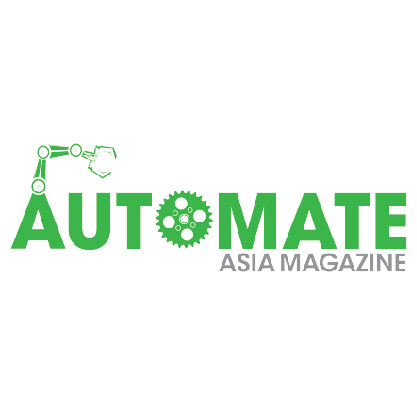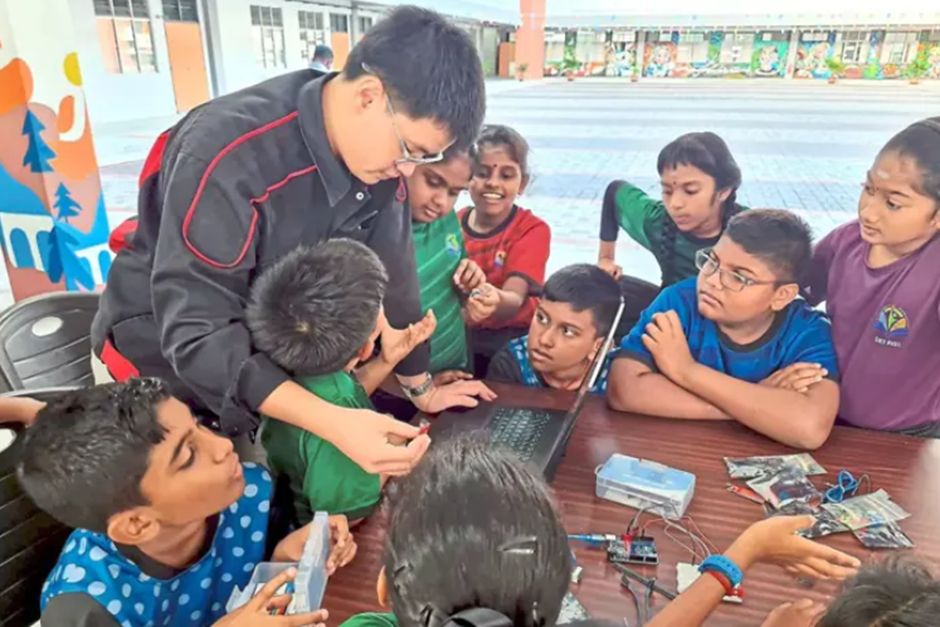Service Robots Prove Popular at Height of Pandemic
- Automate Asia Magazine

- May 14, 2020
- 2 min read
Updated: Jun 15, 2020
With the coronavirus pandemic continuing to spread relentlessly around the globe, “untact,” or non-contact services are emerging as a new trend, and demand for service robots to replace humans is also growing.
The state-run Korea Trade-Investment Promotion Agency (Kotra) says interest in service robots has soared since they were employed in public-sanitation and service businesses to limit the spread of Covid-19 in China.

According to the China Academy of Information and Communications Technology, 54 per cent of all voice robots introduced in China were used more than 1 million times per day during the Chinese COVID-19 quarantine period, which lasted until February 7.
According to an analysis of some 500 cases collected by the coronavirus artificial intelligence (AI) quarantine support information platform, the most popular products were service robots, big data analysis systems and smart recognition (body temperature measurement) devices.
Service robots are divided into “professional service robots” used at companies and in public places and “home and personal service robots” used in ordinary homes.
Among them, the market for service robots stood at US$9.46 billion as of last year, up 14.1 per cent from a year earlier. The average annual growth rate of service robots over the past five years also stands at 21.9 per cent.
China’s service robot market stood at US$2.2 billion last year, accounting for 25 per cent of the global service robot market.
It is a figure that grew 19.6 per cent year on year, with an annual average growth rate of 28 per cent over the past five years, exceeding the global average. Furthermore, it is expected to grow to $4 billion in 2021 as demand rises.
Chinese service robots have been focused on housekeeping, guest reception, customer service (in retail stores, restaurants and banks) and education, led by start-up companies.
However, with the outbreak of Covid-19, service robots have drawn more attention in areas such as delivery, quarantine disinfection and patrol.
In particular, during the coronavirus quarantine process, multi-function products for disinfection, temperature measurement, and mask-wear monitoring, rather than products equipped with one function, were notable.
“The market for service robots is expanding through rental services, easing the initial burden of introduction compared to directly selling hardware,” Kotra said.
Source: https://insideretail.asia/





-01.jpg)


